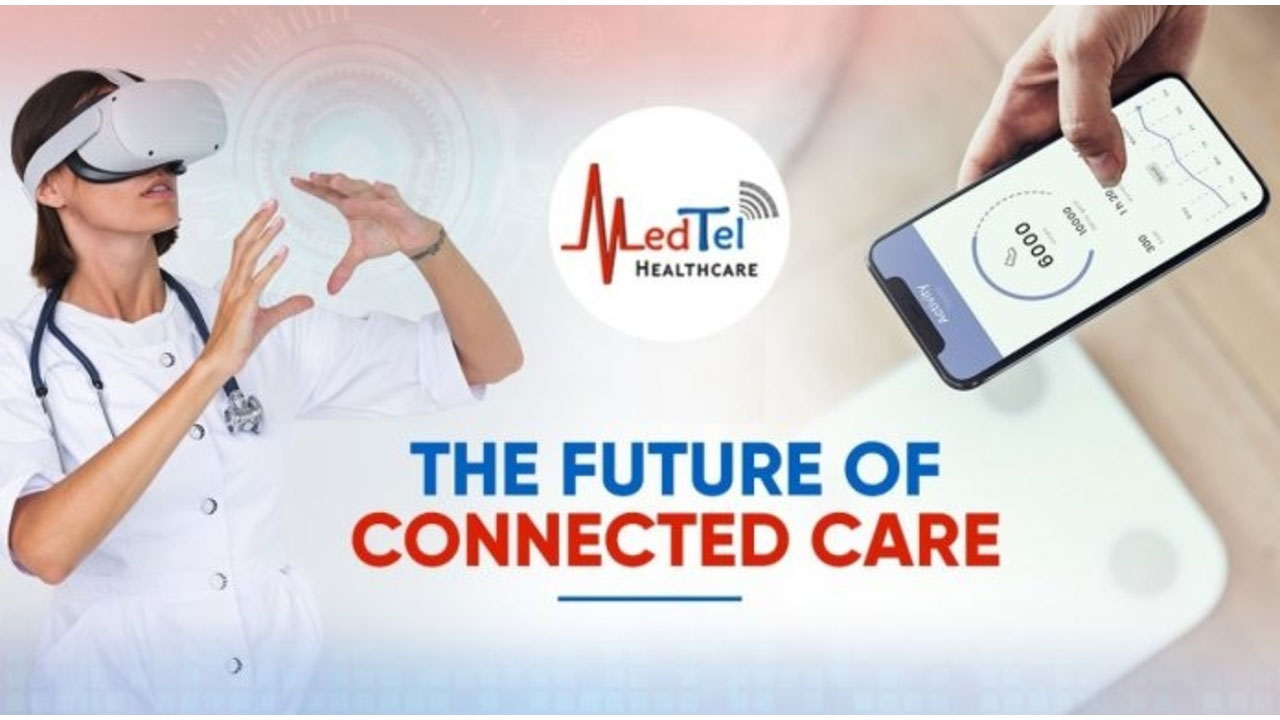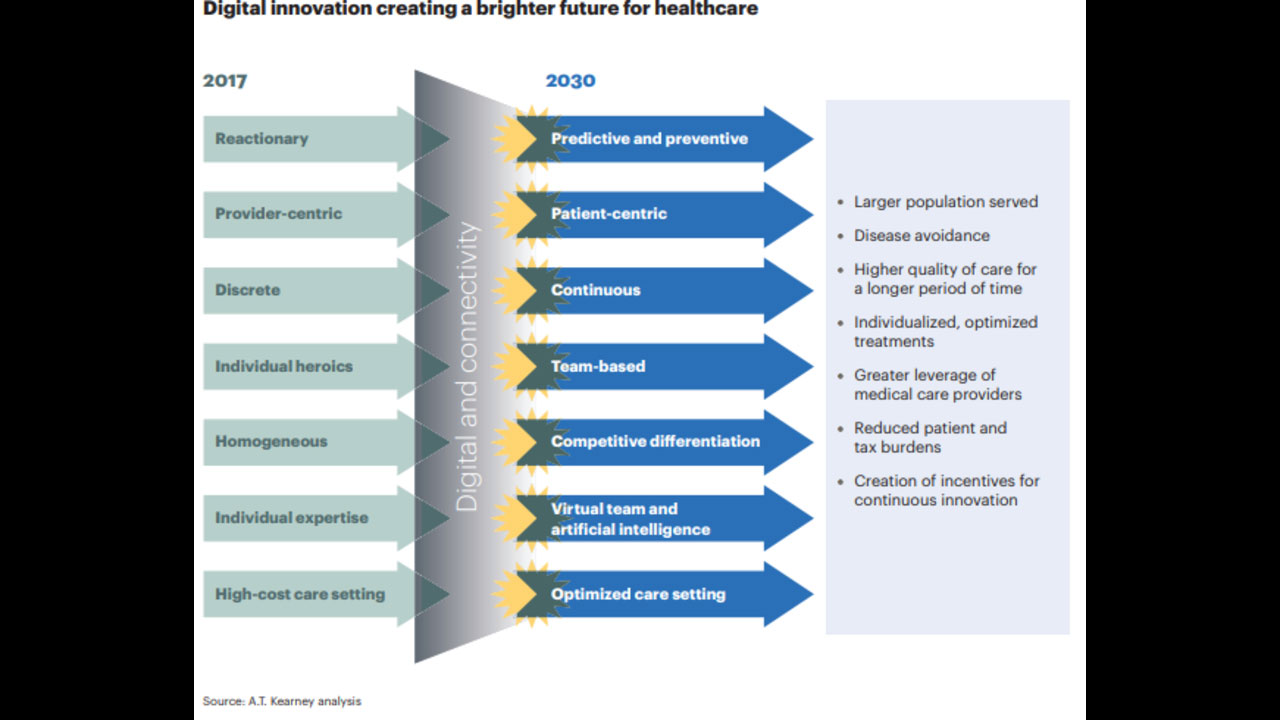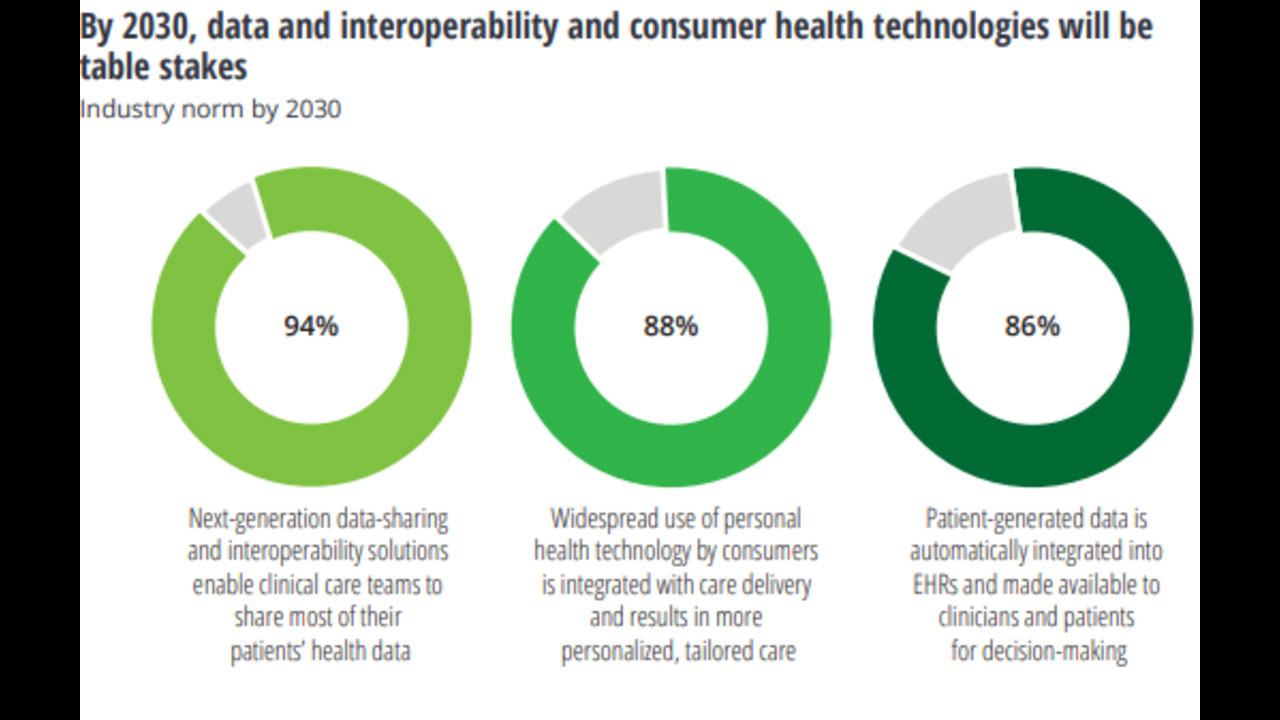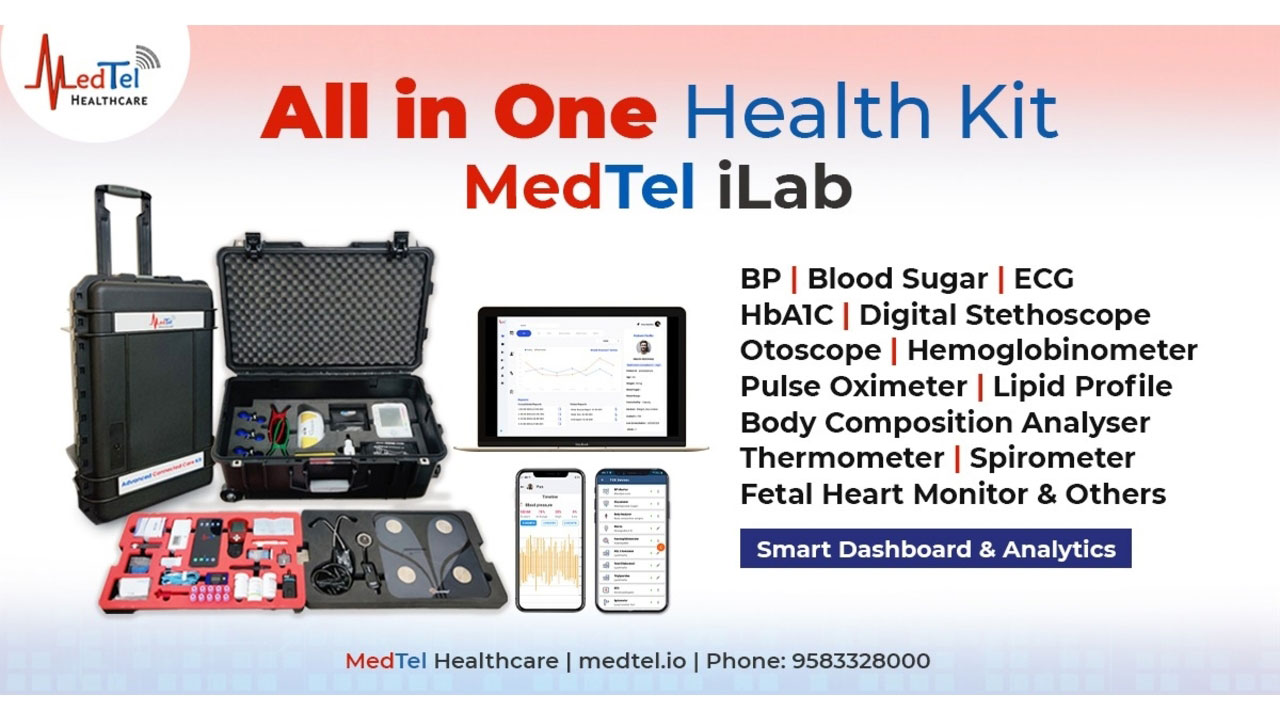The Future of Connected Care
Introduction
You now have apps that simplify staying healthy so that you can go about your routine with full potential. Health data tracking, fitness coaching, health prediction, and trends – what more do you want.
You now have a system that combines sensors, an application, and a Bluetooth glucose meter to track and monitor your blood glucose levels. And then you have artificial intelligence that will predict your sugar levels over the next 24 hours.
You can even consult a diabetes counselor with questions in real-time. This system is only one among the many that are using IoT (Internet of Things) medical devices technology to create innovative treatments in the medical arena.
We are entering an exciting era that is fueling health care innovation. Nanotechnology, robotics and artificial intelligence (AI) are making roadways into medical care.
We are entering an exciting era that is fueling health care innovation. Nanotechnology, robotics and artificial intelligence (AI) are making roadways into medical care.
Why Not Simulate Human Intelligence by Machines When It Can Improve Our Quality of Lives?
It would not be surprising if some of the innovations go flat. This is as to be expected, but many will surely end up as transformative. The public is not averse to technology. Nearly 80 percent of consumers surveyed in the United States agree technology is essential to maintaining health.
The List of Revolutionary Breakthroughs Seems Never-Ending
- High tech treatment is now enabling paralyzed people to walk. All you need to do is to insert an implant.
- Smart pills alert patients when they forget to take their prescribed medication. People forget either due to carelessness, absentmindedness or fear of side effects. This kind of noncompliance is costing the medical health system in the United States anywhere between $100 billion to $300 billion a year by way of worsening health conditions, hospital visits, and stays.
The Role of Technology in This Pandemic
Source: Road Map to a Connected Digital Healthcare Future
An insightful aspect of connected care is that during this pandemic, care comes to the patients rather than the other way round.
But it is not just mental health. Virtual visits have entered routine medical care.
No more waiting beyond the scheduled time and the convenience of being able to consult the doctor from the comfort of home is more than enough to make televisions popular.
The Future of Connected Care Will Surely Be Buttressed by Telemedicine
Even India is at the forefront in offering connected care solutions. Companies like MedTel is offering home isolation health monitoring, remote patient monitoring, and advanced telemedicine digital health solutions.
But connected care does have its share of challenges. Real-time connected healthcare must have three attributes.
- Safety
- Agility
- Trust
All the above three in tandem drive sustainable outcomes in the long haul. The last attribute, trust, is essential to safeguard healthcare data and ensure patient confidence. There was a substantial spike in ransomware attacks during the early days of the pandemic. Being able to use any device is certainly an advantage but keeping all data secure is also a challenge.
Healthcare organizations are making all efforts to fortify their positions with zero trust and least privilege policies with proper controls and regulations on their data centers and in clouds.
The efforts are paying dividends. Achieving real-time connected care has become possible today.
In the future medical professionals will be able to do more with less.
Every time you visit a physician they take your basic biometrics like temperature, blood pressure pulse, and oxygen level. This is understandable. But even the best medical professional will not know what happens when the patient is away from the clinic or between visits.
One may feel a telemedicine setting has drawbacks because it lacks the hands-on diagnosis that in-person consultation provides. But this is not necessarily true these days. Doctors can provide telemedicine with connected medical devices that not only display patient parameters during a televised but also monitor biometrics actively on a continuous basis.
Here Are a Few Examples of What IOT Applications Can Do for You.
Blood Pressure Monitoring:- Blood pressure monitoring is an essential component of treating circulatory issues. IoT-based apps control remotely between the patient and the health centers.
Oxygen Saturation Monitoring:- Blood oxygen saturation monitoring has assumed high importance during this Covid-19 pandemic. Oxygen saturation can be measured by pulse oximetry – a non-invasive and continuous monitoring system. Integration of an IoT-based app with pulse oximetry vastly simplifies oxygen saturation monitoring.
Wheelchair management – You now have smart wheelchairs with inclusive automation for disabled patients. This is an upshot from IoT.
Let’s face it. Before the Internet of Things (IoT), patients’ interactions with the medical profession were limited. It was in-person visits, or telephone or text communications via email. There was no way a patient could be monitored on a continuous basis.
IoT as a Game Changer:- The IoT has become a game-changer. IoT-enabled devices have opened up the capability of remote monitoring, releasing the potential to treat patients and keep them safe, and galvanizing doctors to provide top-class care. And nor to speak of many more compelling advantages like.
- Enhanced patient engagement as interactions have become hassle-free
- Remote monitoring has minimized the length of hospital stay
- Reduced healthcare costs significantly and improved treatment outcomes.
- Data generated through IoT can result in reduced errors and better decision making
This is very helpful for an aging population with high levels of chronic disease. Technological innovations have the potential to develop connected health that is customized to patients’ needs.
Challenges remain. Medical science will still need to finetune the process of sensing data from patients in the home so that monitoring protocols are crafted around the patient with respect to their specific needs.
We are hopeful that the barriers will be surmounted. The future of connected health is all set to embrace us.




